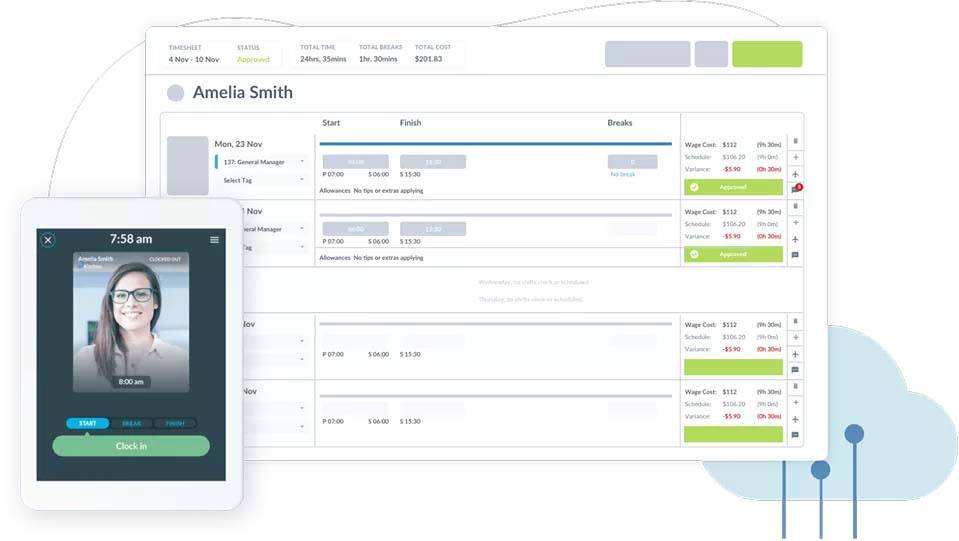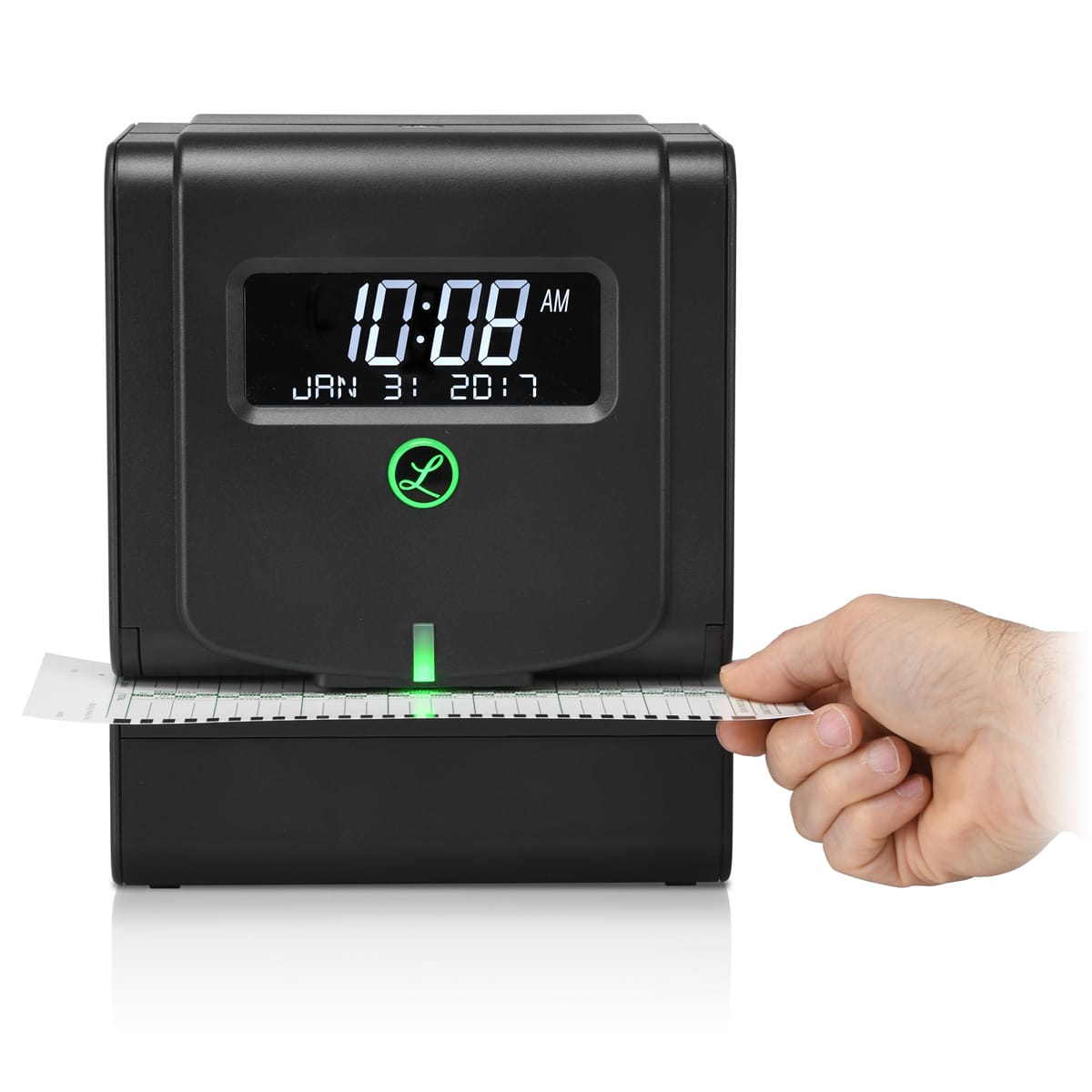Summary
-
Check the reliability of your data source: are you using outdated, manual strategies? — More
-
Look out for patterns across your system. Where are things going wrong? Too much overtime? Not enough breaks? Find out. — More
-
Translate your findings into long-term benefits for your business. — More
During the 2021 financial year, the Department of Labor’s Wage and Hour Division awarded more than $230 million in unpaid back wages to US workers and brought almost 25,000 compliance actions against employers. Clearly, it’s never been more important to be on top of your time and attendance data.
The nature of shift-based work makes keeping track of how much time employees are at work a bit more complicated and, therefore, more likely to land employers in hot water with the authorities. The healthcare industry is one such example and has had a number of high-profile cases of recovered back wages.
It can be tempting to view a time and attendance audit simply as a way to check in on employee work hours and ensure that they’re being paid the right amount. That’s certainly one function and a vital one, but a time audit process can do much more. With the right approach, a time and attendance audit offers a regular opportunity to fine-tune your business to boost productivity and time management while making sure the fundamentals are aligned and compliant.
Prioritizing your time audit process and integrating it into your management workflow is crucial since, as we’ve seen, not doing so can come at a high cost. Using time tracking software and following our step-by-step guide, your audit doesn’t have to be difficult or take up a lot of time.
1. Check your data at the source for basic errors
There’s a useful phrase in the field of computer science that is worth making your audit mantra: GIGO or garbage in, garbage out. It means that the quality of your data outcomes is always dependent on the quality of the data you put in. In time and attendance terms, it means that you can head off a lot of problems by making sure your data is accurate before you do anything else with it.
Some common sources of garbage data include:
- Outdated time tracking tools that don’t accurately record or verify the amount of time spent at work
- Ad hoc overtime arrangements that make additional hours beyond the workday hard to verify
- Paper records or spreadsheets that need to be filled out manually
- Unapproved timesheets that go straight to payroll without managerial oversight
Taking a fresh look at how you gather, record, and sort your time and attendance data will highlight any weaknesses. Eradicating these bad habits and making sure you’re working from complete and accurate data is essential. Without that reassurance, all the auditing in the world won’t help you.
2. Flag areas that cause consistent problems
Time and attendance data can look overwhelming, even for relatively small companies. Knowing the areas that need the most managerial attention will streamline the audit process without you losing too much time and energy.
Checking your team members’ scheduled hours against actual time worked is a fundamental part of the time and attendance audit process. It is important to treat it as a high-priority task and not take it for granted or give it less attention than it requires.
Deviations between hours scheduled and worked will identify areas where workers are underpaid, allowing you to redress the discrepancies before they become a legal matter. Attention to this area can also help you keep a close eye on your labor costs by taking control of your time and reducing any time-wasting activities from your daily schedules.
Overtime hours and break premiums are also important to keep track of, as this is where significant variations can occur. Unlike scheduled hours, which tend to come in specific time blocks, overtime and missed breaks are where you’ll find those awkward variations in pay. These variations can trip you up if not properly accounted for.
It’s good practice to design your timesheet templates to highlight key information, such as scheduled vs. worked hours, as well as breaks and overtime, as clearly as possible. Using tools like Workforce.com’s time and attendance solution makes this process much easier through real-time automation. It calculates the period of time worked, overtime rates, and break penalties, amongst other things.
The easier you make it to maintain oversight of this information, the less chance it will catch you out.
3. Continuously improve with your refreshed data
The final step in the time and attendance audit to-do list is to make sure you squeeze every last drop of useful information out of your data. You’ve done the essentials; now’s the time to dig deeper and do the math to extract the long-term benefits for your business.
A great starting point is to calculate the percentages and statistics for relevant criteria for each pay period. How many shifts were employees on time for? How much overtime was used? Break down the figures further by team, location, or individual employee to spot the specific areas of your business that are falling short of time and attendance expectations — or exceeding them. This is all useful information that goes beyond the immediate need to check payroll accuracy. With this information in hand, you are in a better position to set up an action plan that will help you enhance your team’s time management skills.
You should also make sure that your newly improved timesheet data is accessible to anyone else who needs to use it. Human error is always a possibility, so not only will this make sure all angles are covered, but it will also ensure that the same audited data can be exported directly to payroll or made available to external auditors for tax and accounting purposes.
A time audit is a tune-up for your business
The most immediate benefit of a time and attendance audit is peace of mind knowing you’re not exposing your business to wage and hour lawsuits and that you’re getting the labor you pay for. But the long-term benefit of performing this task regularly is that you develop a rich library of data that helps you identify cost-saving measures and areas for improvement.
If conducting regular time audits is of interest to your business, you should go ahead and read our guide below on establishing a time and attendance system – this is the first step on a path to better time audits.
Whitepaper: Practical Guide to Time & Attendance Management
With features that deliver everything you need for regular, thorough time and attendance monitoring and integrations with your payroll system, Workforce.com can help your business thrive now and into the future. Sign up for a free trial or give us a call to get started.








